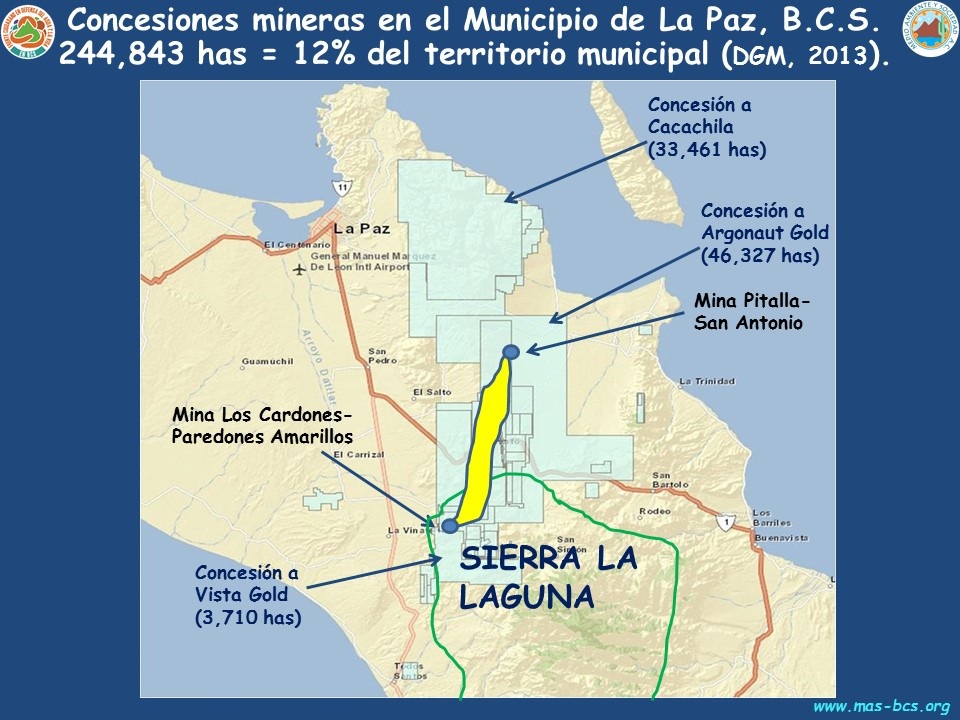north of the ash storage are several gravel pits - no valuable metal mining.
Pretty much everything southeast of La Paz has a mining claim on it. Sooner or later, they all will be active again.
Second largest claim, Cacachilas, is owned by the Waltons (Walmart). That might give you an idea of what is coming.
There is some hope in more solar production - but it is still way more expensive than an oil fired power plant.
The path is clear - more tourism, more hotels, more condos, more Mexicans relocating to the area, more people with anything electric, will require
more power. More power = dirtier air. Good part is, it kills only the locals and long term residents. Visiting tourists are rarely affected.
Inhalers are a hot selling items in Farmacias.
I have one in every room, pocket, car.
They are cheap at least.
A friend not long ago chocked to death in La Paz.
Welcome to paradise.

|












